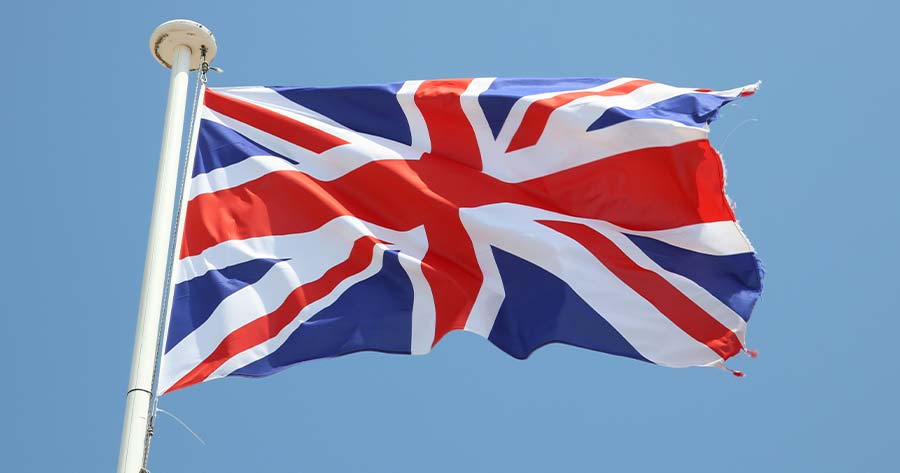Britain’s economy in April suffered its steepest monthly contraction since late 2023, as fresh US tariffs under President Donald Trump triggered global trade uncertainty and dampened demand for British exports.
The Office for National Statistics (ONS) reported on Thursday that gross domestic product fell by 0.3% from March, significantly exceeding the 0.1% decline forecast by economists polled by Reuters.
April marked a sharp reversal from the previous four months of gains, with the ONS highlighting a historic plunge in exports to the U.S. across most goods categories, coinciding with the recent tariff hikes.
Most goods exported to the United States saw the sharpest monthly decline in April, which coincided with the recent introduction of tariffs, said Liz McKeown, ONS director of economic statistics.
Domestic headwinds also weighed on activity. The expiry of temporary tax relief on home purchases triggered a notable drop in real estate and legal sector activity, accounting for two-thirds of April’s total output fall. Meanwhile, automakers reported lower production and weaker exports to both the U.S. and EU.
Despite outperforming its peers in the Group of Seven earlier in the year—with 0.7% GDP growth in the first quarter prompting the Bank of England to raise its full-year forecast to 1%—the outlook is darkening.
The BOE recently trimmed its 2026 growth projection to 1.25%, citing the expected impact of US trade measures, which are forecast to shave 0.3% off British GDP over the coming three years.
The central bank policymakers, widely expected to keep interest rates steady next week, face a challenging mix of persistent inflation and softer economic momentum. Business sentiment remains subdued, with recent surveys indicating a slowdown in hiring and investment amid high labor costs—exacerbated by significant wage hikes announced in October.
Consumer data echoed the broader malaise, as May saw further declines in retail spending. The ONS noted GDP was still 0.9% higher in April than a year earlier, though it fell short of market expectations for 1.1% growth.





